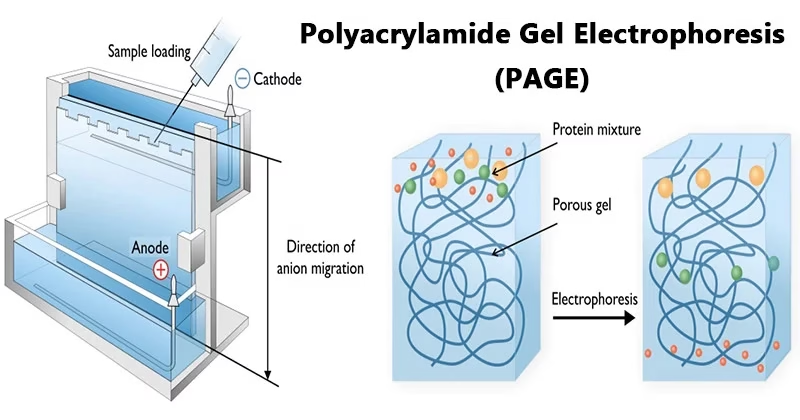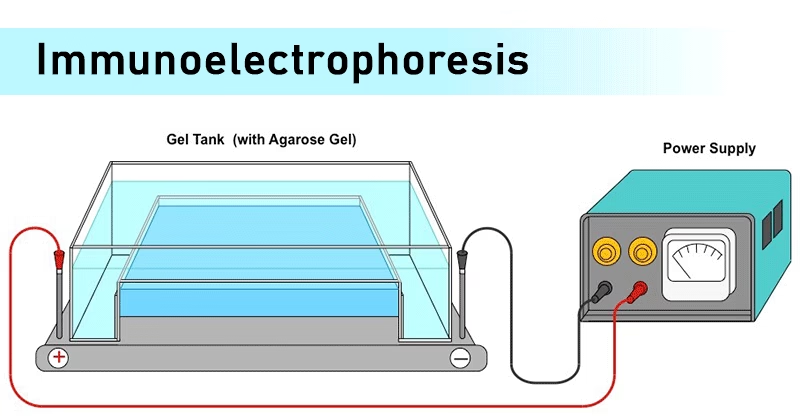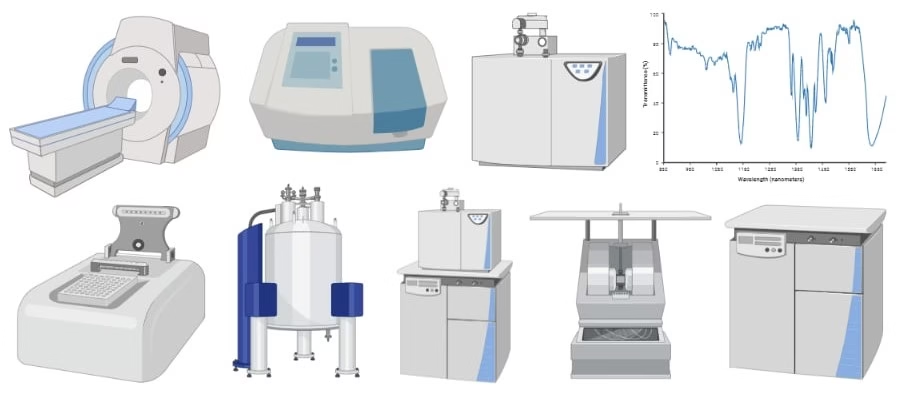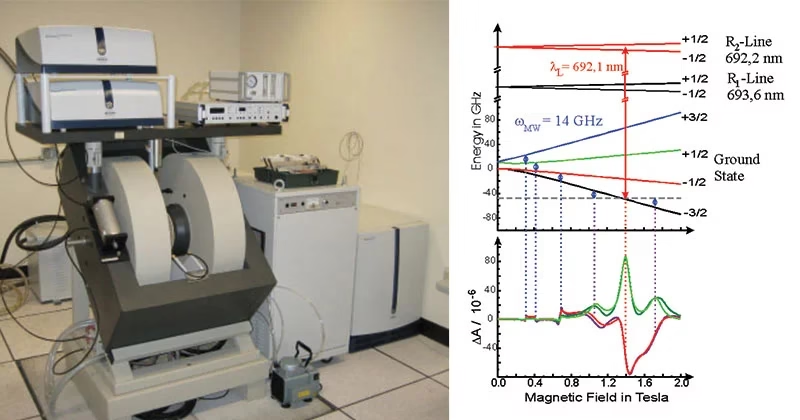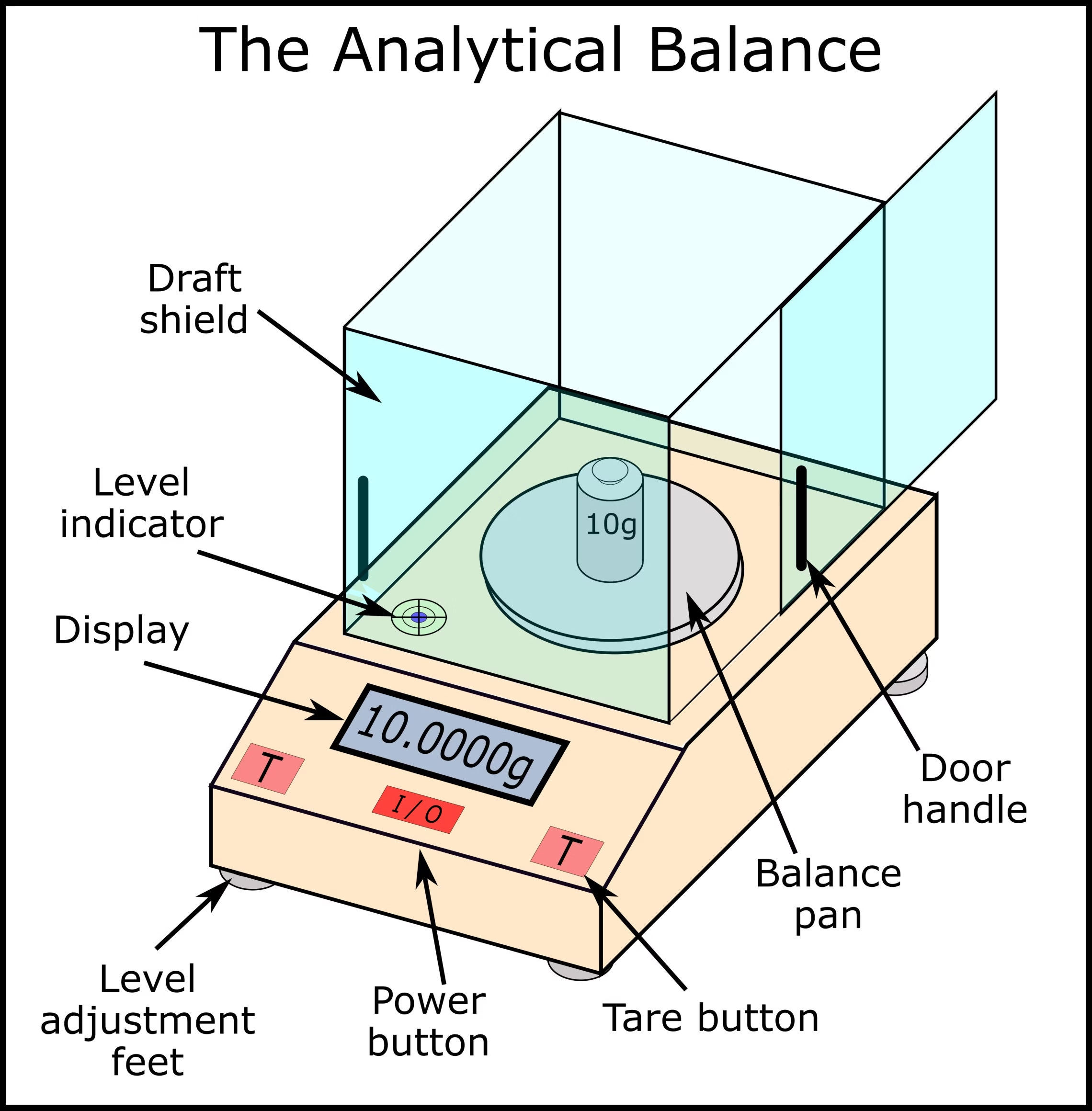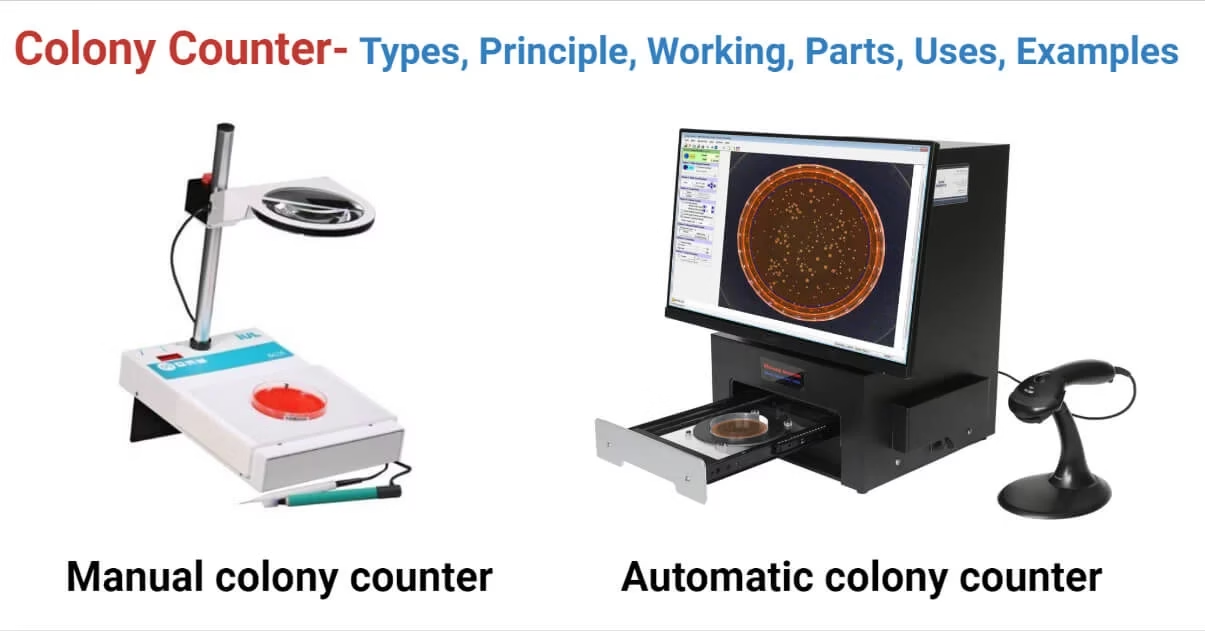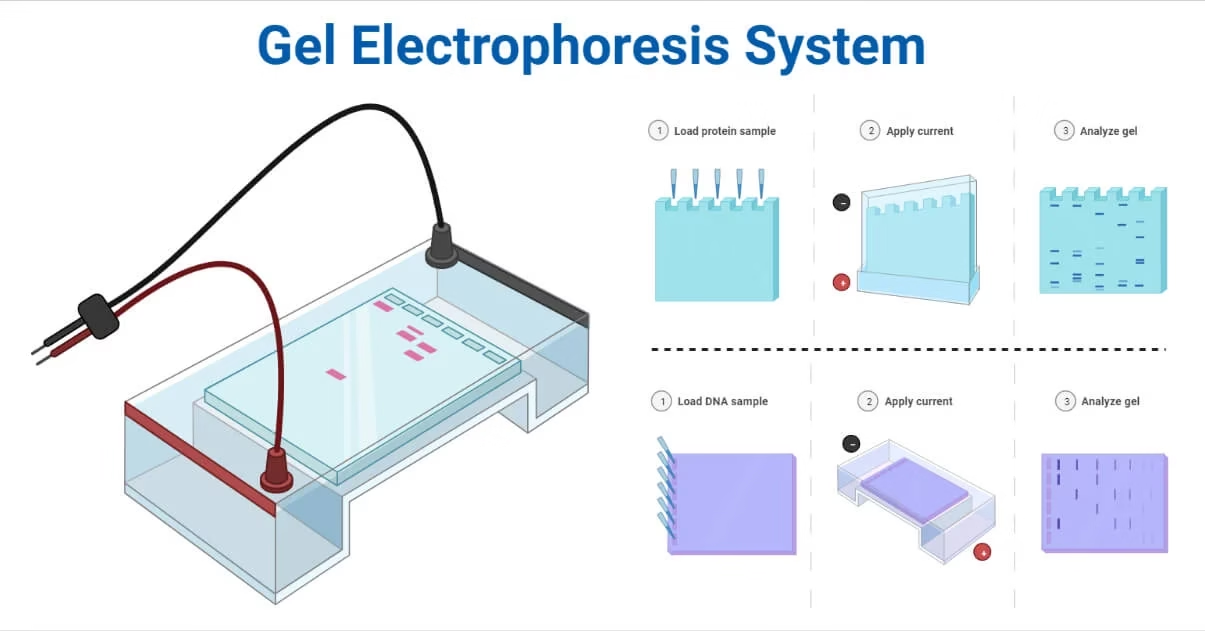Polyacrylamide Gel Electrophoresis (PAGE) – Principle, Procedure, Applications, Advantages & Limitations
Polyacrylamide Gel Electrophoresis (PAGE) is a laboratory technique used to separate proteins and nucleic acids based on their size and charge by making them move through a polyacrylamide gel under electricity.
